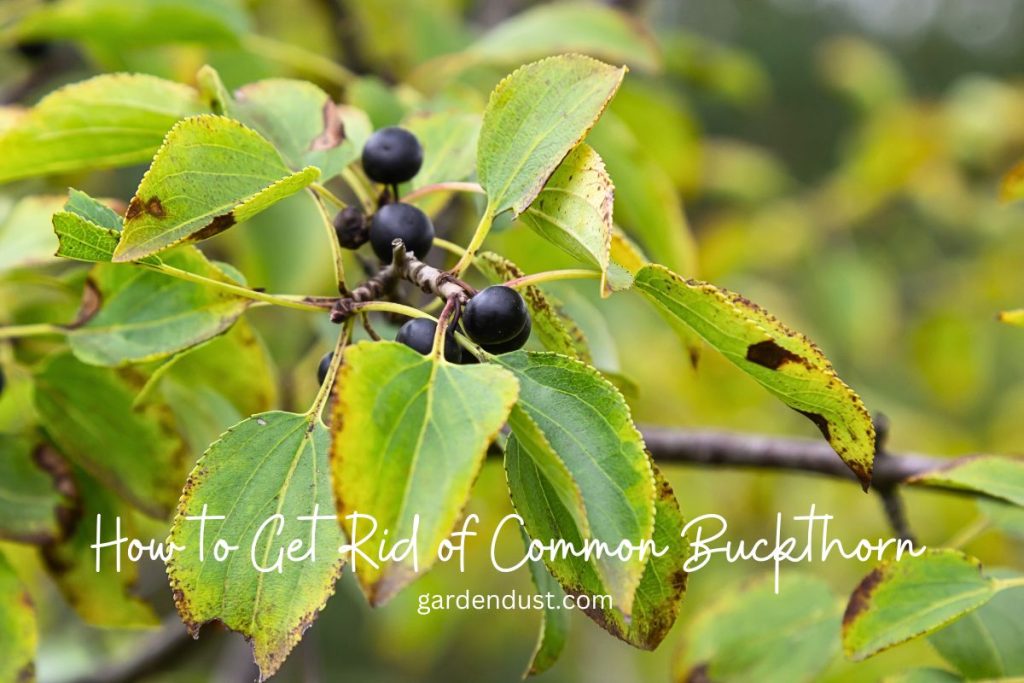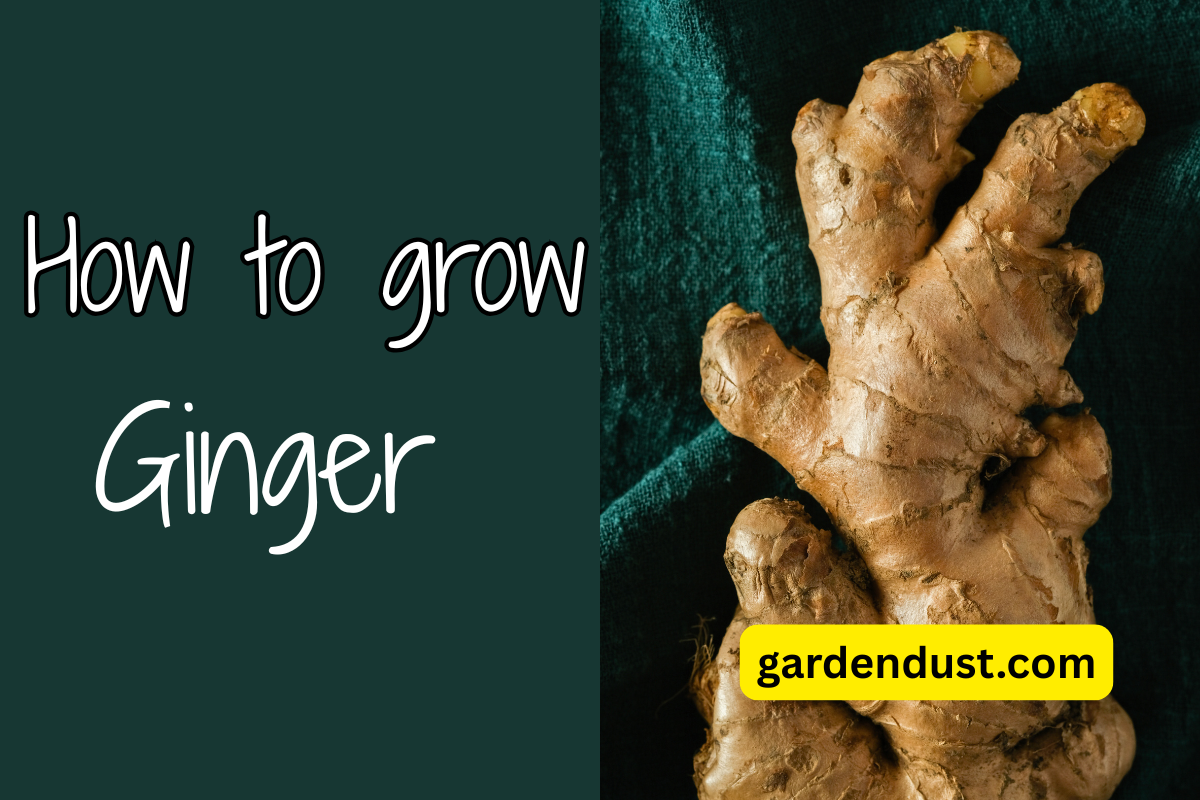Common Buckthorn (Rhamnus cathartica) is an invasive plant that has become a significant nuisance in many regions. Originally introduced as an ornamental shrub, its aggressive nature has led to it spreading rapidly, outcompeting native vegetation and disrupting ecosystems. Getting rid of Common Buckthorn requires a strategic approach to ensure its effective removal and prevent future regrowth. In this article, we’ll explore how to get rid of common buckthorn to help you reclaim your landscape from the clutches of this invasive species. Let’s start…
How to Identify them?
Before embarking on any removal efforts, it’s crucial to correctly identify Common Buckthorn. This deciduous shrub or small tree typically reaches heights of 20 to 25 feet, with dark green, glossy leaves and small black berries. Buckthorn is notorious for forming dense thickets, shading out native plants and disrupting the natural balance of ecosystems.

How to remove them?
Common Buckthorn (Rhamnus cathartica), an invasive plant species, has insidiously infiltrated landscapes, disrupting ecosystems and outcompeting native vegetation. Originally introduced for its ornamental appeal, this aggressive shrub has become a formidable challenge for landowners and conservationists alike. The urgency to remove Common Buckthorn stems from its ability to form dense thickets, depriving native plants of sunlight and nutrients. We will guide you to effective methods for eradicating Common Buckthorn and offer you practical solutions to reclaim and restore the natural balance of your landscape. From manual removal techniques to chemical controls. Let’s explore a range of strategies to help you tackle this invasive menace head-on.
- Manual Removal:
Small-scale infestations can be tackled through manual removal. Use pruners, loppers, or a saw to cut the buckthorn at ground level. Be sure to wear protective clothing, as buckthorn sap can be irritating to the skin.
- Root Excavation:
Common Buckthorn is known for its extensive root system. Digging out the roots is essential to prevent regrowth. Use a mattock or shovel to excavate the soil around the base of the plant, making sure to remove as much of the root system as possible.
READ ALSO:-How To Treat And Prevent Spotted Lanternfly
- Chemical Control:
Herbicides are an effective way to manage large-scale infestations. Glyphosate-based herbicides are commonly used for Common Buckthorn. Apply the herbicide to the cut stump immediately after cutting the plant. Follow the manufacturer’s instructions and take appropriate safety precautions.
- Prescribed Burns:
In areas where it is safe and legal, prescribed burns can be employed to control Common Buckthorn. Burning can help eliminate seeds and reduce the density of the shrub, promoting the growth of native vegetation.
- Biological Control:
Introducing natural enemies, such as herbivorous insects or fungi that specifically target Common Buckthorn, can be an environmentally friendly method. However, this approach requires careful consideration to avoid unintended consequences on non-target species.
Preventing Reinfestation:
After successfully removing Common Buckthorn, it’s essential to implement measures to prevent its reinfestation:
- Regular Monitoring:
Keep a vigilant eye on your property for any signs of regrowth. Early detection allows for prompt action before the buckthorn can establish itself again.
- Native Plant Restoration:
Replace the invasive species with native plants to restore the ecological balance in the area. Native plants are better adapted to the local environment and support local wildlife.
- Mulching:
Applying a thick layer of mulch around desirable plants can help suppress weed growth, including any potential regrowth of Common Buckthorn.
Getting rid of Common Buckthorn requires a combination of strategic methods and ongoing efforts. Whether through manual removal, chemical control, or a combination of approaches, it’s crucial to stay committed to the process to ensure the invasive species does not return. By taking proactive measures and restoring the natural balance of your landscape, you contribute to the preservation of native ecosystems. Happy Gardening…







